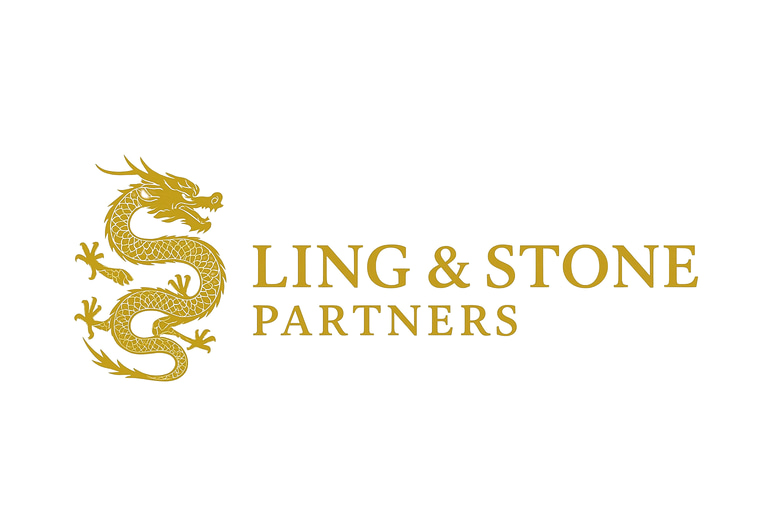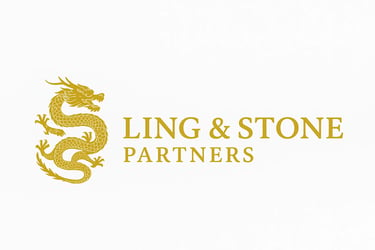Why Asia Is the Next Growth Engine for American SMEs
If you’re only selling in America, you’re already missing out on the largest consumer boom in history.
Catherine Ling
10/25/20254 min read


For decades, U.S. companies have looked at Europe as their natural overseas market. But the center of gravity has shifted. Today, and for the next three decades, Asia is where the real growth story will be written. For American small and medium-sized enterprises (SMEs), this presents both a challenge and an unprecedented opportunity.
In this article, we’ll break down why Asia is the next growth engine, what makes it so attractive, and how American SMEs can take their first confident steps into this vast and complex region.
1. The Asian Growth Story in Numbers
Asia is not one market — it’s a mosaic of countries, cultures, and economies. Yet, taken together, its economic trajectory is unmatched:
60% of global growth will come from Asia over the next 30 years (Brookings Institution).
By 2030, Asia will be home to 3.5 billion middle-class consumers — more than double North America and Europe combined (World Economic Forum).
Southeast Asia alone (Indonesia, Vietnam, Thailand, Malaysia, Philippines, Singapore) is projected to be the 4th largest economy by 2030 (ASEAN Secretariat).
Unlike in the U.S. or Europe, where consumer demand is relatively saturated, Asian markets are still climbing the consumption curve. People are spending more, experimenting with brands, and seeking products that enhance quality of life.
For SMEs, this is a once-in-a-generation opening.
2. Why American SMEs Have an Edge
Large corporations have long dominated exports to Asia, but the digital era is leveling the playing field. American SMEs can now access Asian buyers directly through e-commerce, digital marketing, and leaner logistics models.
Here’s why U.S. SMEs are well-positioned:
Brand Trust: “Made in USA” carries prestige in categories like food, health supplements, education, technology, and lifestyle. Asian consumers associate American products with quality, safety, and innovation.
Niche Power: SMEs thrive in specialized categories (artisanal foods, wellness products, boutique fashion, eco-friendly goods) where demand in Asia is growing fastest.
Agility: Smaller firms can adapt faster to local tastes and regulations than multinational giants.
3. The Most Attractive Markets in Asia Right Now
Asia is huge, but not every market is equally attractive or accessible. SMEs should focus on “beachhead markets” that combine growth potential with ease of entry.
Singapore: A stable, English-speaking hub with world-class logistics. It’s a launchpad into Southeast Asia.
Vietnam: Young, urbanizing, with rising disposable incomes and a hunger for foreign brands.
Indonesia: The world’s 4th most populous country with fast-growing e-commerce penetration.
South Korea & Japan: Mature but brand-conscious markets where American culture has strong influence.
India: A billion-plus consumer base with fast digital adoption, though regulatory hurdles are higher.
Each market has unique challenges, but all share one thing: consumers are ready to spend more and spend better.
4. Key Challenges American SMEs Must Overcome
Of course, the opportunity is not without its hurdles. Entering Asia requires more than shipping products overseas. SMEs must be prepared for:
Regulatory Complexity: Import duties, certifications, and labeling requirements differ widely. For example, food and cosmetics require approvals before sale in many markets.
Cultural Nuances: What works in New York may fall flat in Jakarta. Marketing must resonate locally.
Distribution Fragmentation: Asia lacks a single distribution system. Each country often requires new partnerships and networks.
Competition: Local SMEs are also rising, and global brands are not standing still.
The good news: These challenges are not insurmountable. With the right strategy and local partnerships, SMEs can turn complexity into a competitive advantage.
5. Practical Tips for U.S. SMEs Entering Asia
Here are some actionable ways to start smart:
a. Start Small, Scale Smart
Don’t try to conquer all of Asia at once. Select one or two test markets where your product has the best fit, and use them as learning grounds. Singapore and Vietnam, for example, offer very different consumer profiles but are both manageable for first-time entrants.
b. Choose Distribution Partners Carefully
The right distributor is your lifeline. Look for partners with proven track records in your category, not just general trading companies. Insist on clear performance milestones.
c. Leverage E-Commerce Platforms
Asian consumers are mobile-first. Platforms like Shopee, Lazada, Rakuten, and Coupang are gateways into millions of households. Even Amazon has a growing footprint in India and Japan. Pair this with cross-border payment solutions to simplify transactions.
d. Localize Without Losing Identity
Localization is critical, but don’t dilute your brand. Translate labels, adjust packaging sizes (smaller packs work well in Asia), and tweak campaigns for cultural fit — but keep your unique American story intact.
e. Protect Your Intellectual Property
File trademarks and patents early. IP theft is a known risk, but proactive registration protects your brand from being copied.
6. Why Now Is the Time
Some American SMEs hesitate, thinking Asia is “too far” or “too complicated.” But consider this:
The rise of digital logistics and supply chain solutions has made exporting easier than ever.
Cross-border trade agreements like RCEP are simplifying tariffs and creating larger free-trade zones.
Asian consumers are actively searching for new brands online, especially post-pandemic, when digital shopping surged.
If you wait too long, the space may be dominated by competitors who moved first. The early movers reap the strongest brand loyalty.
7. Final Thoughts
For American SMEs, Asia is not just another option — it’s the growth engine of the 21st century. The scale of opportunity is staggering, but success requires careful planning, patience, and local insight.
Think of Asia not as one market, but as many doors leading to the same future: billions of new consumers eager for quality, authenticity, and innovation.
The companies that thrive will be those that enter with respect, adaptability, and strong local networks. For SMEs ready to make the leap, the time is now.


